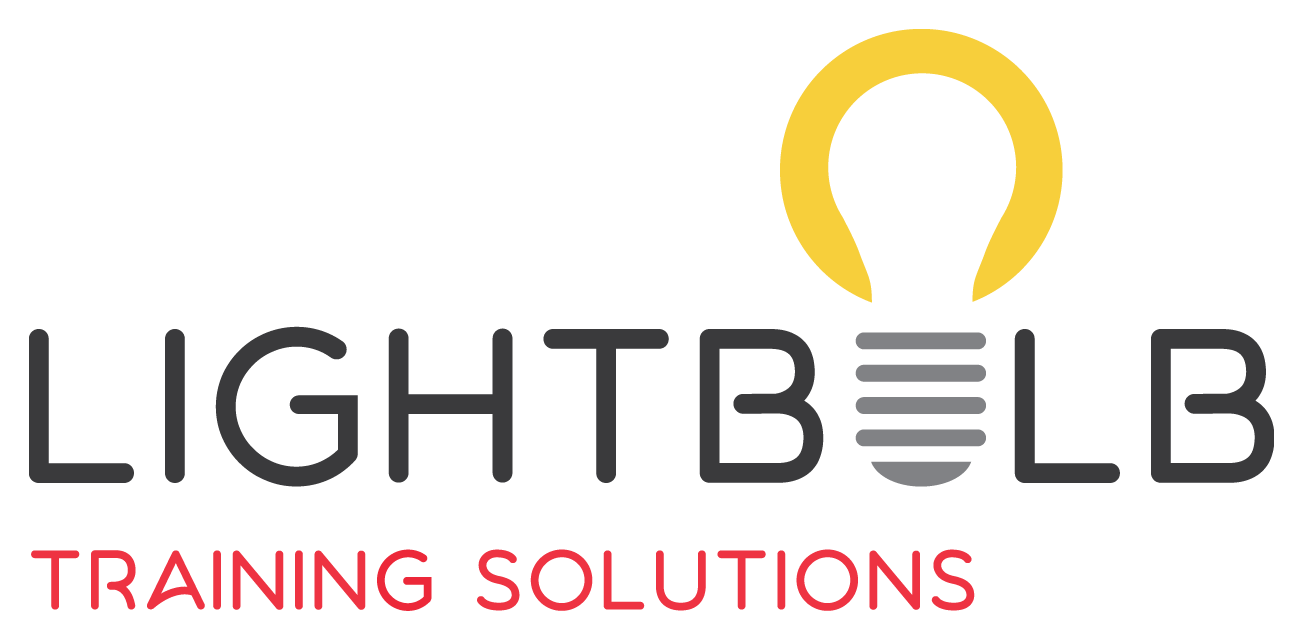What to do immediately after staff attend soft skill training
Any type of organised workplace training is costly. There's the cost of the actual training and there's the cost of the time your staff spend off the job attending the training. The cost of money and time is well spent if the training delivers an immediate and positive impact to your business and your customers.
Lightbulb Training Solutions specialise in customer service training which includes a strong focus on soft skills (people skills). Hard skills training (technical skills) are easier to measure the outcome of the training.
Hard Skill Training Example: Staff member doesn't know how to operate a fork lift - goes to forklift training, gets a licence and comes back to the job and safely operates a fork lift. Competency is measured and productivity goes up thus giving you a clear return on your investment in the training.
Soft Skill Training Example: Staff member has trouble remaining calm when interacting with angry/difficult customers - goes to soft skill training and learns a 4 step process to deal with difficult people. The new strategy can't be tested until confronted by an annoyed or frustrated customer and unless the customers confirms it was handled well or you witness the interaction, was the training investment worthwhile and did the learning stick?
3 ways to confirm soft skills training was worth the time and the money:
Talk to the employee - Ask the employee reflective questions as soon as possible after the event ie: What did you learn and how will it help you in the future? In business terms, this type of activity is referred to as Measuring Training Impact - in employee terms, it's confirms their Manager wants to help them achieve professional and personal growth.
Set a Goal - Decide with the employee how and when they can put new skills into action ie: present their new knowledge to the team, make themselves available to help the next difficult customer, role play their new skills with you or other team members. Research has shown that 80% of what is gained at a training event, is lost if not transferred into practical work specific tasks or actions immediately.
Follow Up - If you don't follow up agreed actions, training attendees are less likely to complete them. Be mindful that follow up isn't simply asking if the actions were completed, it requires you to be deeply curious; what was done, how did the employee feel before, during and after the action, what help do they need and where do they feel they did well?
LinkedIn research found that Manager involvement is critical for employee engagement in learning. 56% of employees said they would invest more time in their learning with their manager’s direction and support. (Source: https://learning.linkedin.com/elearning-solutions-guides/workplace-learning-report-2018)
If you and your team would like access to soft skill development, support and programs AND the steps to embed the learning into day to day actions, contact us.
By Cate Schreck - Author of "The A-Z of Service Excellence"

